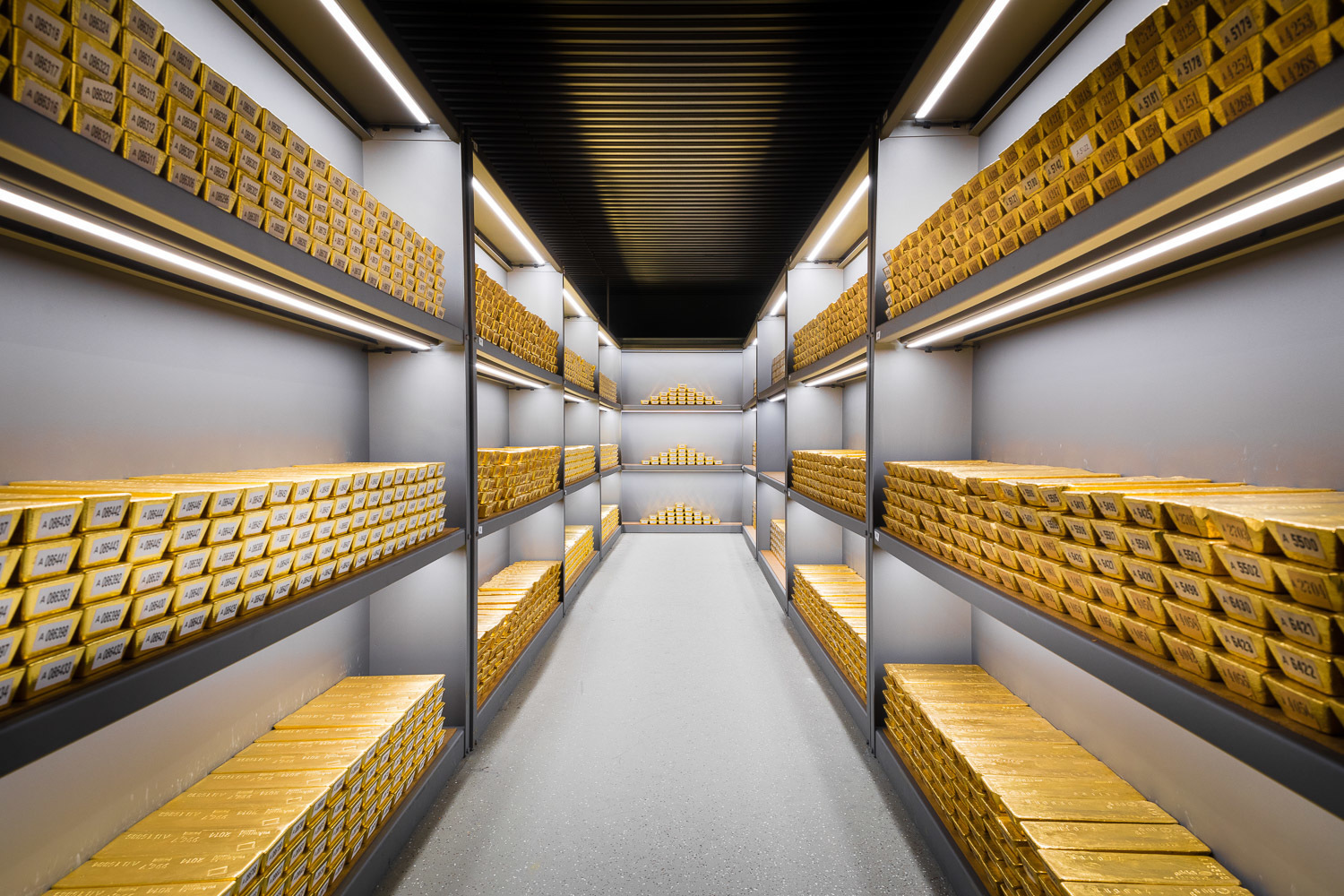Gold miners to remain cautious in 2019: report

Gold miners are expected to remain committed to cutting costs and capping expenditures in 2019, a new report by Fitch Solutions reveals.
According to the document, despite the fact that prices are predicted to average $1,300/oz and that most major miners’ cash costs of production should remain comfortably below $900/tonne, the largest firms in the world are likely to remain committed to spending cuts in an effort to reduce debt loads, and continue to pursue a strategy of improving both operational and cost performance.
“Capital expenditure estimates for 2019 indicate that although gold companies may have turned a financial corner in 2016, spending will not return to the heights of the past decade. As such, priority will be given to reinvestment in brownfield assets rather than the development of greenfield projects,” Fitch report states.
The market researcher also expects more mergers and acquisitions in the new year, given that they have become cheaper options than expanding gold reserves through exploration.
“We expect more M&A activity to filter through the industry, especially following the Barrick – Randgold merger (completed in January 2019), which has changed the dynamics of the gold industry by creating the largest gold-mining company in the world with the greatest concentration (five of top 10) of tier-one gold assets in the market,” the paper reads.
Fitch also foresees an increase in joint ventures, used as strategies to mitigate risk, particularly in unstable countries where resource nationalism, labour strikes, extreme weather, and increased environmental regulation jeopardize the continuity of ongoing projects. “Examples of notable joint ventures in 2018 include Gold Fields & Asanko Gold’s 50/50 deal in the Nkran and Esaase gold deposits in Ghana and Indiana Resources and Cradle Arc’s 65/35 deal in the Kossanto West Gold project in Western Mali.”
Also to avoid the risk of engaging in murky activities, miners are expected to invest in blockchain technology. According to Fitch, such a system would allow them to effectively track the sourcing of minerals across the supply chain in order ensure they abide by ethical and sustainability standards.
{{ commodity.name }}
{{ post.title }}
{{ post.date }}

Comments